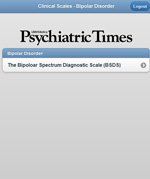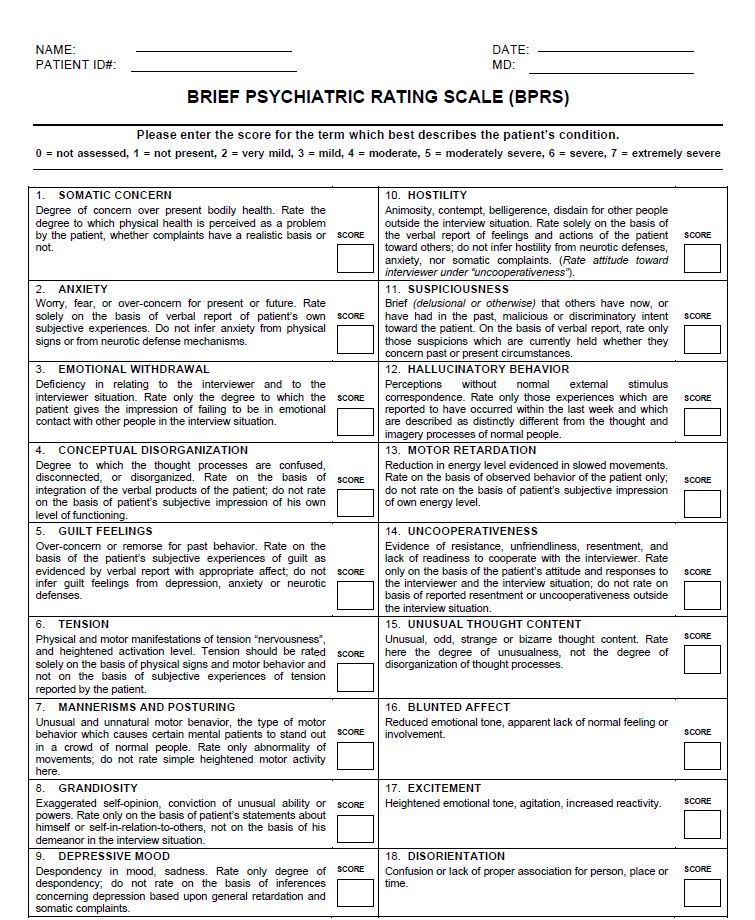Article
Bipolar Spectrum Diagnostic Scale (BSDS)
This iPhone and Android-friendly Bipolar Spectrum Diagnostic Scale (BSDS) is found most helpful in detecting not only severe cases of bipolar disorder but also patients who fall into the “softer” end of the bipolar spectrum.

The Bipolar Clinical Scale was developed by Ronald Pies, MD and was later refined and tested by S. Nassir Ghaemi, MD, MPH and colleagues. The BSDS arose from Pies’s experience as a psychopharmacology consultant, where he was frequently called on to manage cases of “treatment-resistant depression.” In Pies’s experience, most of these cases eventually proved to be undiagnosed bipolar spectrum disorder.
The 19 question items on the English version of the BSDS were based on those questions that Pies found most helpful in detecting not only severe cases of bipolar disorder but also patients who fall into the “softer” end of the bipolar spectrum (eg, patients with a history of major depressive episodes and 1 or 2 episodes of elevated mood and energy that last only 1 to 3 days, thus not meeting DSM-IV criteria for hypomania).
The BSDS was validated in its original version and demonstrated a high sensitivity (0.75 in bipolar I and 0.79 in bipolar II and not otherwise specified individuals). Its specificity was high (0.85), which confers a significant value to this diagnostic tool in the detection of a wide range of presentations within the bipolar spectrum. Ghaemi and colleagues determined that a score of 13 is the optimal threshold for specificity and sensitivity in the detection of bipolar spectrum disorders.
The BSDS has two sections. The first part includes a series of 19 sentences that describe the main symptoms of bipolar spectrum disorders. Each sentence is linked to a blank space that should be checked by patients who decide that the statement is an accurate description of their feelings or behaviors. Each checked statement is assigned 1 point.
The second portion of the BSDS asks the patient to select the degree to which the 19-item narrative “fits” his or her own experience. The scale offers four possibilities: “This story fits me very well, or almost perfectly” (6 points); “This story fits me fairly well” (4 points); “This story fits me to some degree, but not in most respects” (2 points); and “This story doesn't really describe me at all” (0 points).
Point of Care
These scales are easily used online and via mobile devices for assessment at the point of care. Score, share and record results.
Find them by suspected diagnosis:
Bipolar Clinical Scales
Download the Bipolar Spectrum Diagnostic Scale (BSDS)
Download the Bipolar Spectrum Diagnostic Scale (BSDS) Scoring Instructions



